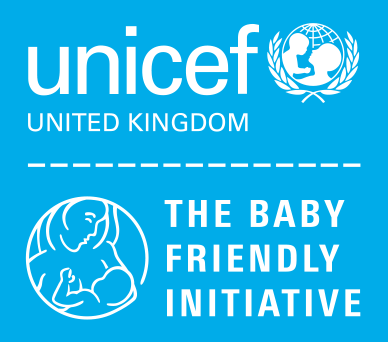In a preview of her 2017 Annual Conference talk, Consultant Neonatologist Dr Jane M Hawdon discusses important new national guidelines on identifying and managing hypoglycaemia in full term babies. She highlights how keeping mothers and babies together where possible, and empowering parents to care for their baby if they are admitted to a neonatal unit, are hugely beneficial for parents’ and babies’ wellbeing.
Every year in the UK, around 10% of babies have medical or surgical conditions which result in admission to a neonatal unit. Of these, some admissions are preventable, either because the admission was “precautionary” or because basic measures to prevent complications were not effective.
The Atain (Avoiding Term Admissions Into Neonatal Units) programme identified that many admissions for breathing problems, jaundice, infection and hypoglycaemia are indeed preventable. A recently published NHS Improvement resource highlights key measures to prevent admission including policies, training, good quality basic care, and recognition of risk factors and signs of deterioration.
One of the primary reasons for term admission to a neonatal unit is neonatal hypoglycaemia, a condition in which blood glucose levels fall too low to meet the energy requirements for vital organs. It is not defined as a single numerical value of blood glucose as babies vary in their ability to compensate for low circulating blood glucose levels, for example by burning body fat as an alternative fuel.
Vulnerable babies: how can we reduce risk without separating mother and baby?
Dr Deshpande spoke at the Baby Friendly Initiative Annual Conference last year about the admission of babies to neonatal units with a presumed or real diagnosis of hypoglycaemia (10% of term admissions). Many babies could and should have remained with their mothers under the care of midwives or, if necessary, transitional care nurses. Basic measures around feeding and temperature control would have prevented admission. For others, additional support, as provided on a postnatal transitional care unit, would have prevented the baby’s admission to a neonatal unit. These opportunities to avoid admission have important implications for how we care for vulnerable babies. We know that the mother-baby relationship is crucial for the baby’s brain development, breastfeeding and the wellbeing of both baby and mother, so avoiding a potentially distressing admission to a neonatal unit should be prioritised where possible so as to keep mother and baby together and to enable them to develop a close and loving relationship.
Some babies who, appropriately, remain with their mothers do get into difficulties with feeding and hypoglycaemia and sadly if this is not recognised neurological disturbance or even injury can occur. Learning from tragic cases where harm has occurred indicates that on many occasions parents were not given sufficient information or were not listened to when they were concerned. To avoid these cases, health professionals should identify at risk babies in order to develop a feeding plan, and carry out regular feeding assessments to ensure that feeding is going well. Parents should be supported to get breastfeeding off to a good start before leaving hospital, to recognise if feeding is not going well and to know who to contact if problems arise.
We know that the mother-baby relationship is crucial for the baby’s brain development, breastfeeding and the wellbeing of both baby and mother, so avoiding a potentially distressing admission to a neonatal unit should be prioritised where possible.
All professionals caring for mothers and babies were delighted when the British Association of Perinatal Medicine commissioned a group of experts of all relevant disciplines to develop a Framework for Practice for prevention and management of hypoglycaemia in vulnerable babies whilst prioritising the mother-baby relationship. Following wide consultation, the final version has now been published. The key points are:
- Health professionals should be supported to recognise babies with risk factors for hypoglycaemia, but being aware that the condition may develop in babies without obvious risk factors.
- Families should be given a care pathway of early provision of energy, regular assessment of feeding and clinical condition, and blood glucose monitoring using an accurate method.
- Breastmilk is the ideal source of energy and breastfeeding and lactation must be supported.
- Where babies are admitted to a neonatal unit, parents should be valued as partners in care and must receive sufficient information to empower them to take this role and continue developing a close relationship with their baby.
- Operational thresholds of blood glucose levels should be used to guide management e.g. a value <2.0mmol/l requires urgent medical review and a management plan.
- Practitioners must be skilled in distinguishing between the well but reluctant feeder and infants with abnormal feeding behaviours.
This Framework highlights how we have a collective responsibility to: support the mother and baby pair as cohesively as when the baby was in the womb; understand normal physiology and positive and negative effects on postnatal metabolic adaptation; recognise when a baby’s condition deviates from normality, and to adopt preventive and treatment measures which allow mother and baby to remain together as far as possible, but when necessary recognise the need for more intensive and specialised treatment on a neonatal unit. These steps will ensure that vulnerable babies are properly cared for, whilst giving mother and baby every opportunity to develop a close and loving relationship.





